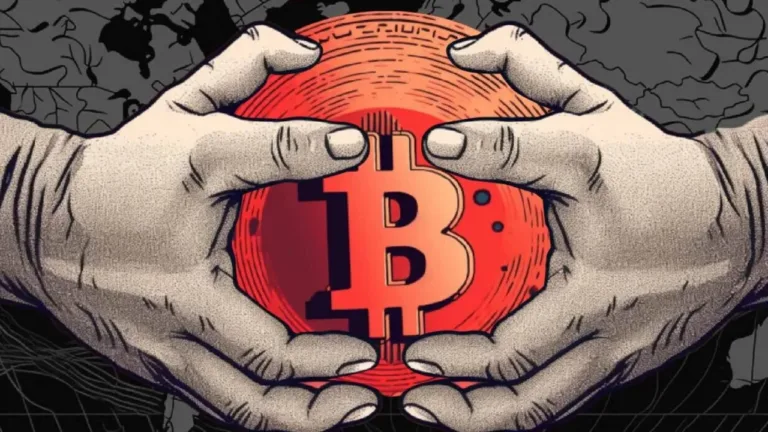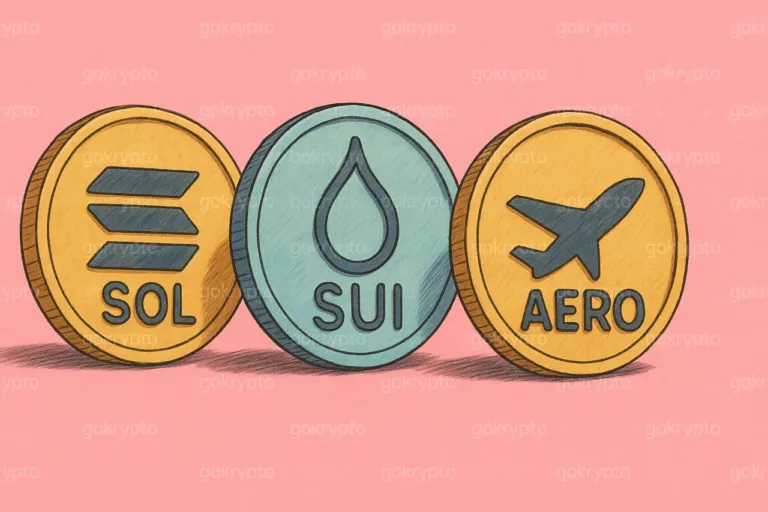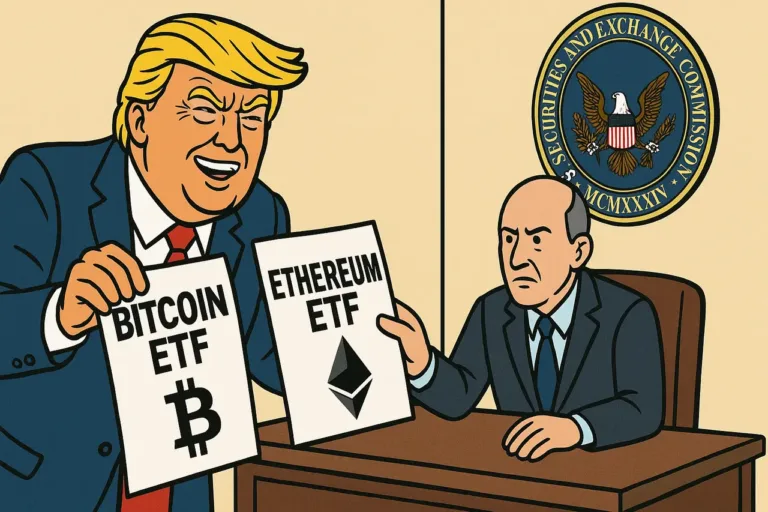Bitcoin Crashes and Liquidations Reach IDR 23 Trillion
Earlier this week, the crypto asset market experienced significant turbulence, with sharp declines across most major digital assets.
Bitcoin (BTC), as the market leader, fell back to the US$74,000 level, a price last seen in early November 2024.
This drop marks a correction of more than 10% in the last 24 hours and approximately 31% from its all-time high of US$109,100 reached on January 20, 2025.
Significant Decline in Major Crypto Assets
According to information from Coinvestasi, aside from Bitcoin, other crypto assets also saw drastic declines:
- Ethereum (ETH): Dropped to its two-year low around US$1,444, posting a decline of more than 20% in the last 24 hours.
- BNB (BNB): Fell by 10%.
- XRP (XRP) and Solana (SOL): Each plunged up to 19%.
In the meme coin sector, Dogecoin (DOGE) and Shiba Inu (SHIB) dropped by 19% and 13% respectively, while Pepe (PEPE) fell by 15%.
Overall, the global crypto market capitalization shrank to US$2.39 trillion, recording a correction of over 10% in the past 24 hours.
Massive Liquidation in the Derivatives Market
This sharp decline had a major impact on the derivatives market, with total liquidations reaching US$1.37 billion (approximately IDR 23.7 trillion) in a short period.
Data from CoinGlass shows that about US$1.21 billion of the total liquidations came from long positions, which are trades expecting crypto prices to rise.
Specifically, long positions in Bitcoin accounted for US$389 million in liquidations, while Ethereum contributed US$322 million.
Market Sentiment and External Factors
The Crypto Fear & Greed Index, which measures market sentiment towards Bitcoin and other crypto assets, is currently at a score of 23 out of 100, indicating a category of “Extreme Fear.”
This reflects a high level of pessimism among market participants regarding current conditions.
Volatility in the crypto market is being exacerbated by global sentiment surrounding potential recession and the escalation of trade wars.
Import tariff policies imposed by the United States on several countries, including Indonesia, have sparked concerns about rising global trade tensions.
The U.S. has implemented additional tariffs on various trading partners, which could provoke retaliatory actions and trigger a large-scale trade war.
This situation has raised investor concerns about its potential impact on global economic growth, particularly the risk of a recession in the U.S. that could affect other nations.
According to a report from The Kobeissi Letter, S&P 500 index futures have entered bear market territory, with the U.S. stock market losing an average of US$400 billion every trading day over the past 32 days.
Tom Dunleavy, Managing Partner at MV Global, even suggested that the current conditions could mark “the worst three days in U.S. stock market history” if the negative trend continues.
Meanwhile, veteran pro-crypto investor Bill Ackman speculated that U.S. President Donald Trump might delay tariff policies to give other countries time to make offers or renegotiate deals.
This situation highlights the strong connection between global macroeconomic conditions and crypto market volatility.
Investors are advised to remain vigilant and consider external factors when making investment decisions.







